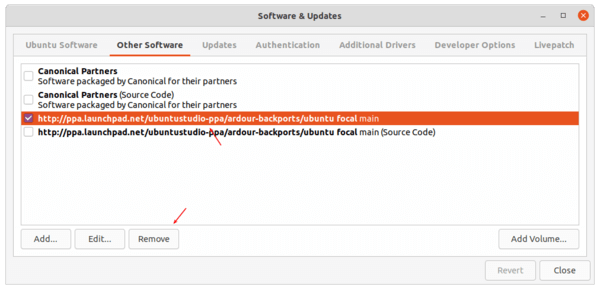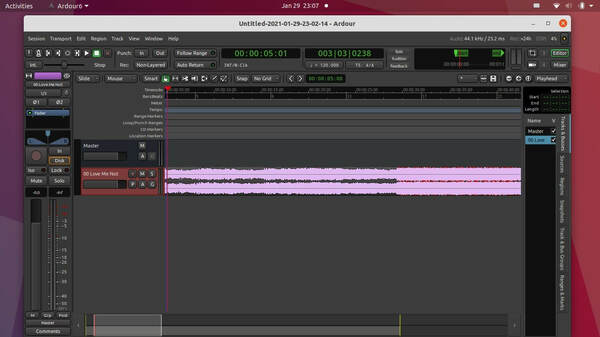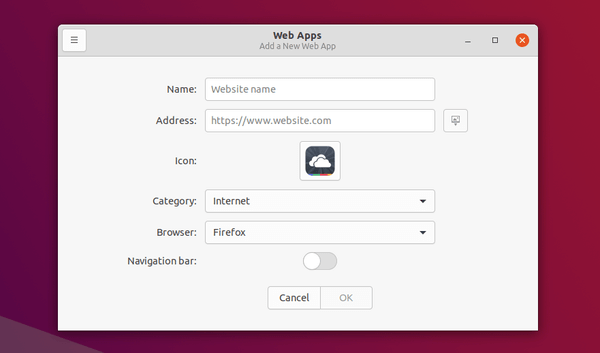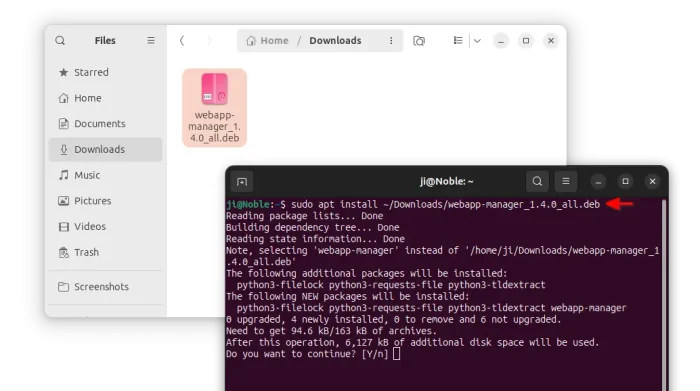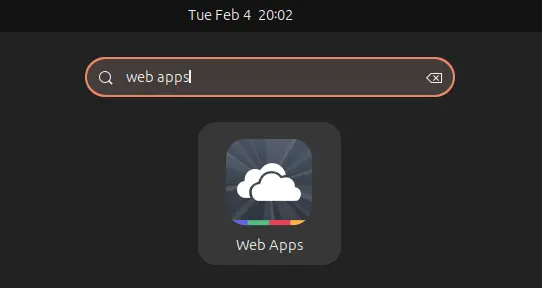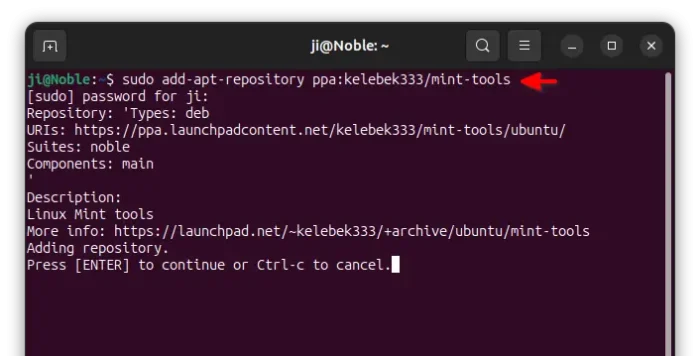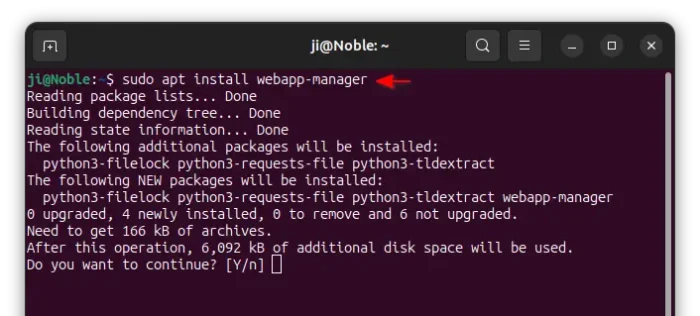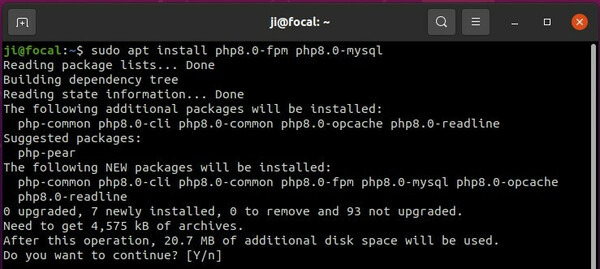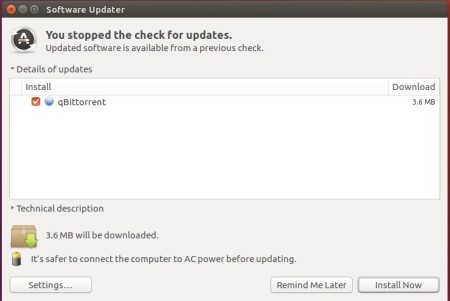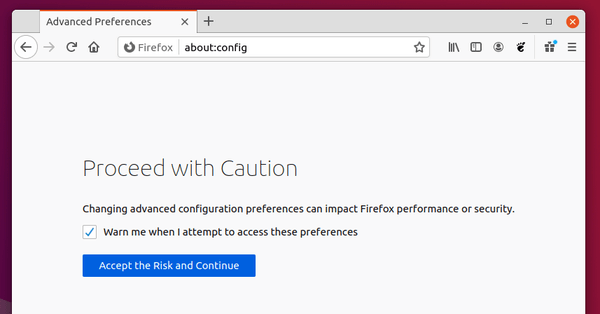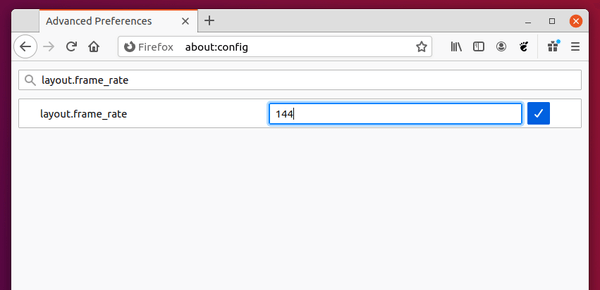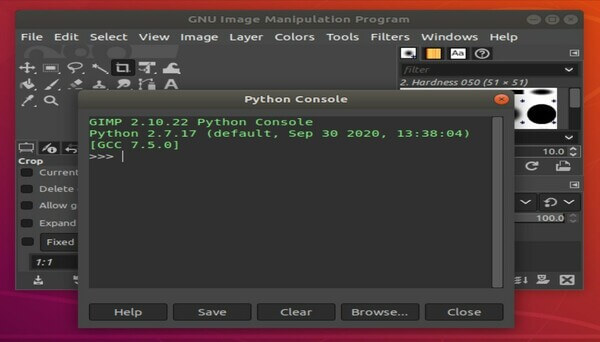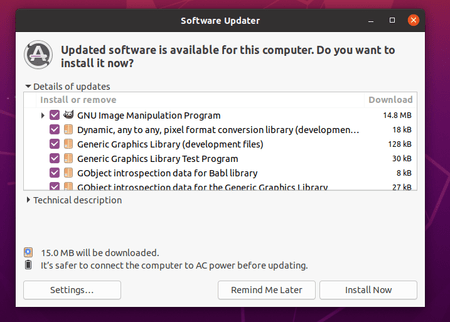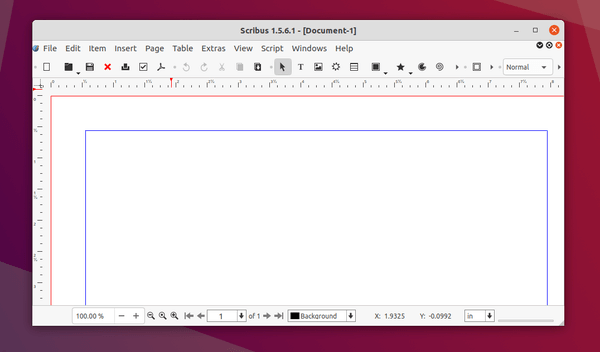![]()
This simple tutorial shows how to install the free audio workstation Ardour 6.5 in Ubuntu 20.04 LTS and / or Linux Mint 20.x via PPA.
Ardour 6.5 was released with support for plugins in Steinberg’s VST3 format, on Linux, Windows and macOS. As usual, there’s various bug fixes and improvements ranging from the minor to the extremely useful.
The new release has been made into the main repositories for next Ubuntu 21.04. For Ubuntu 20.04 LTS, a backport PPA by Ubuntu Studio packaging team now maintains the package.
1.) Open terminal either from system application launcher or by pressing Ctrl+Alt+T on keyboard. When it opens, run command to add the PPA:
sudo add-apt-repository ppa:ubuntustudio-ppa/ardour-backports
Type user password (no asterisk feedback) when it prompts and hit Enter to continue.

2.) After adding the PPA and refreshing package cache (should be done automatically), run command to install the multichannel hard disk recorder and digital audio workstation:
sudo apt install ardour
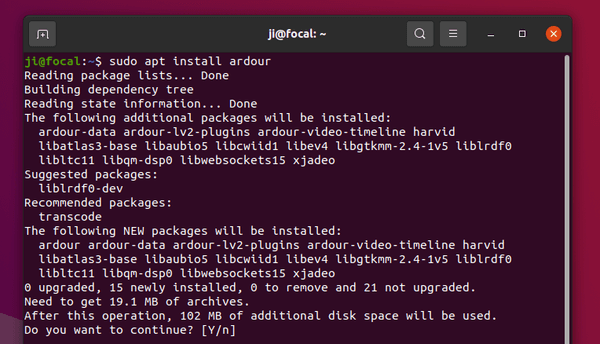
If everything’s done successfully, launch the software from system app menu and enjoy!
Uninstall Ardour 6:
To remove the software package, simply run command in terminal:
sudo apt remove --auto-remove ardour
To remove the Ubuntu PPA, open Software & Updates and go to Other Software tab. Then remove the relevant repository line.
